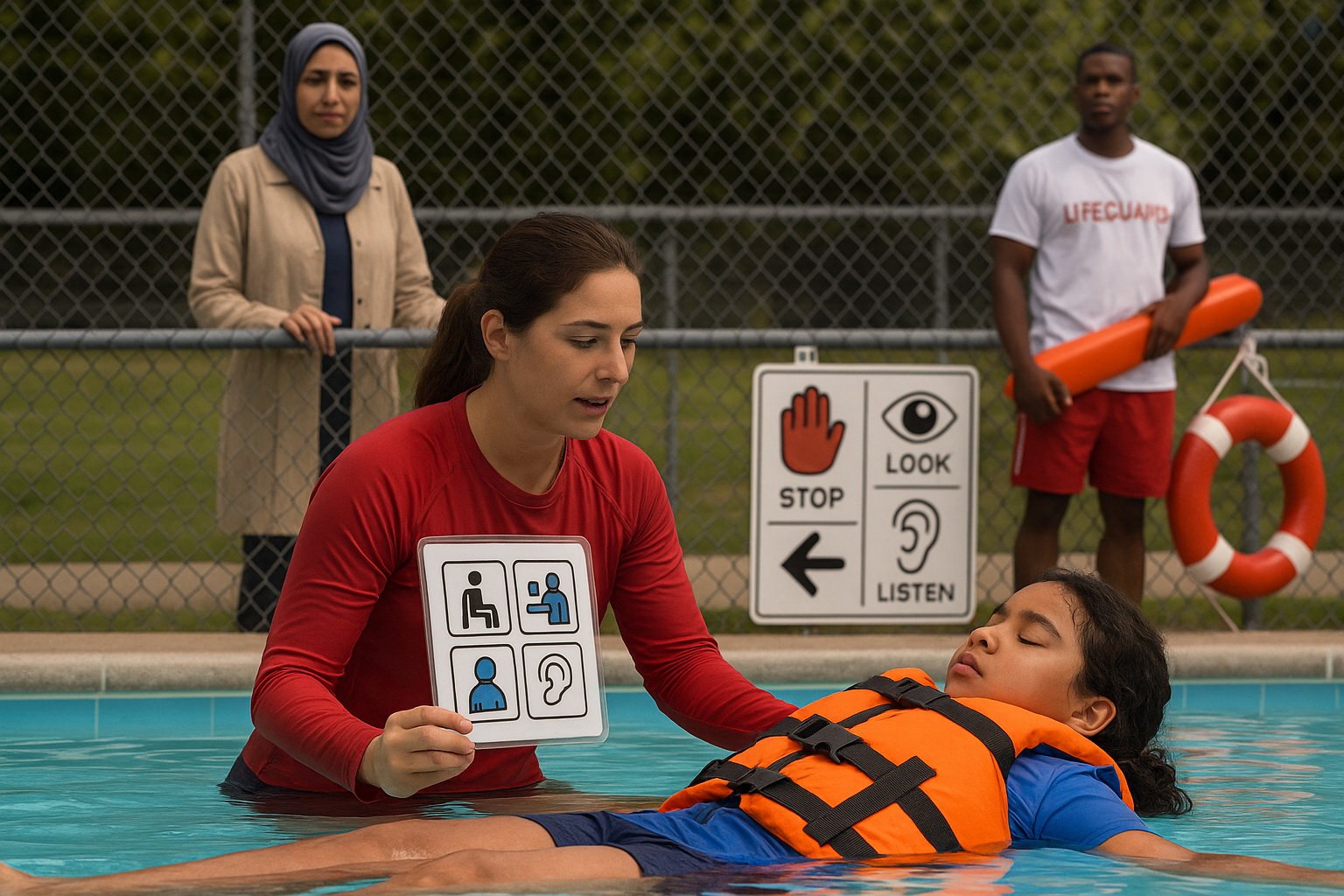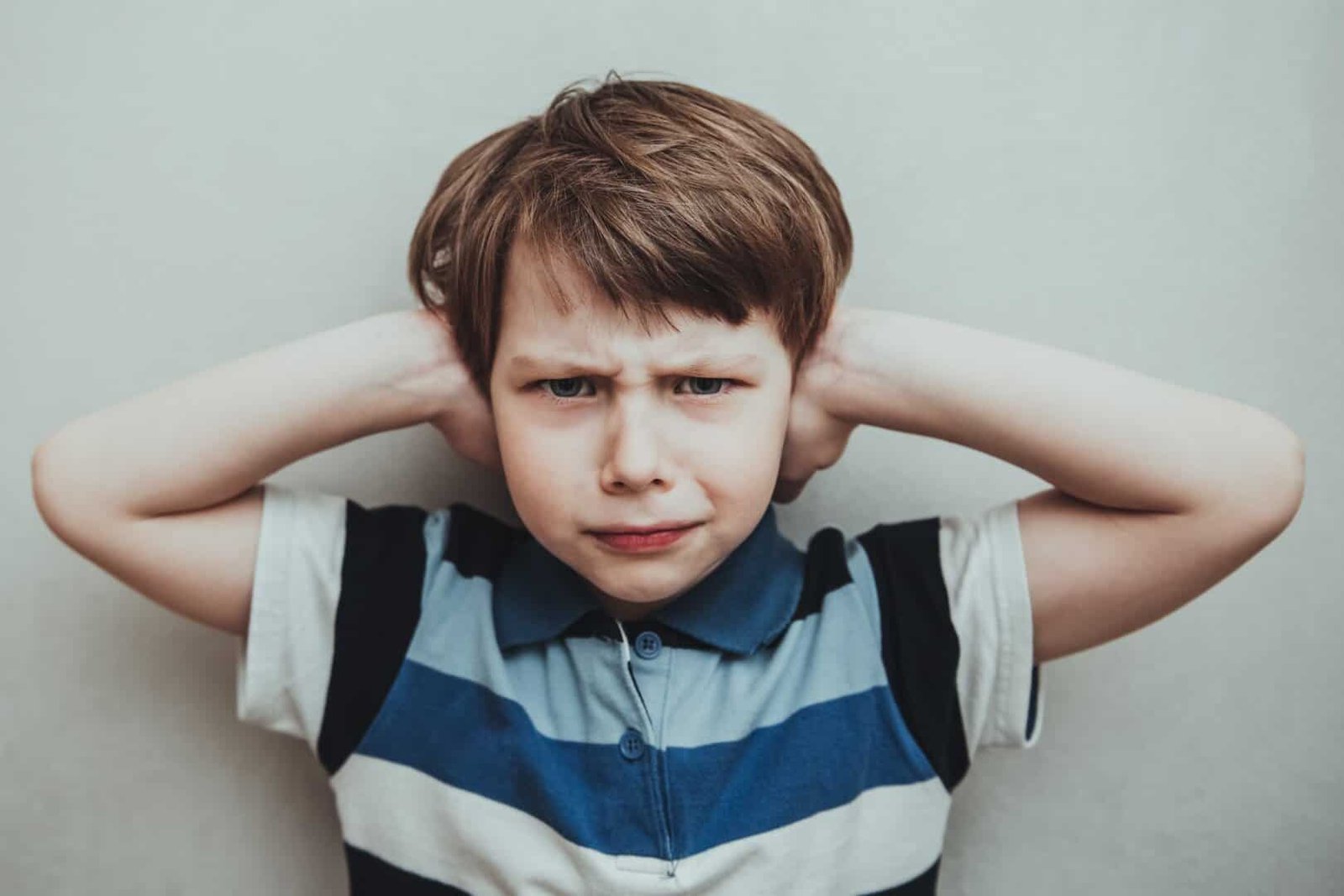Anxiety Disorders: What They Are, How to Manage Them, and Support Strategies
Anxiety is a natural response of the body to stress, but when it becomes a constant state of worry or intense fear, it may be a sign of an anxiety disorder. This article is designed to help parents, educators, and individuals experiencing anxiety better understand this condition, learn strategies to manage it, and explore available treatment options.
What Is an Anxiety Disorder?
Anxiety disorders are mental health conditions characterized by excessive levels of fear, worry, and tension. These disorders can interfere with daily life and manifest in different ways. Some of the most common types include:
- Generalized Anxiety Disorder (GAD): Characterized by excessive and persistent worry about everyday situations.
- Panic Disorder: Involves recurrent panic attacks, with intense physical sensations such as palpitations and difficulty breathing.
- Social Anxiety Disorder: Manifests as an intense fear of social situations due to the fear of being judged or humiliated.
- Specific Phobias: Irrational fears of specific objects or situations, such as heights or confined spaces.
- Obsessive-Compulsive Disorder (OCD): Involves intrusive thoughts and repetitive behaviors to relieve anxiety.
- Post-Traumatic Stress Disorder (PTSD): Severe anxiety triggered by past traumatic events.
What Can Cause Anxiety Disorders?
Anxiety disorders can result from a combination of biological, psychological, and environmental factors. Some of the most common causes include:
- Genetic Factors: Family history of anxiety or other mental disorders.
- Chemical Imbalances in the Brain: Alterations in neurotransmitters like serotonin and dopamine.
- Traumatic Experiences: Abuse, accidents, violence, or significant losses.
- Prolonged Stress: Work or academic pressure, family problems.
- Environmental Factors: High-pressure environments or stressful social situations.
- Medical Conditions: Chronic illnesses or hormonal disorders can contribute to anxiety.
- Substance Use: Excessive consumption of caffeine, alcohol, or drugs can increase anxiety.
Additionally, some individuals may experience involuntary physical symptoms, such as nervous tics or repetitive movements of the mouth and other parts of the body. These can be triggered by accumulated tension, stress, or even an underlying neurological disorder. Seeking professional guidance is recommended if these symptoms persist.
Signs and Symptoms
Anxiety disorders can manifest physically, emotionally, and cognitively. Some common signs include:
- Physical Symptoms: Palpitations, excessive sweating, tremors, fatigue, and difficulty breathing.
- Emotional Symptoms: Intense fear, irritability, constant worry, and difficulty relaxing.
- Cognitive Symptoms: Catastrophic thoughts, trouble concentrating, and constant rumination.
If these symptoms affect daily life, seeking professional help is essential.
How to Manage Anxiety
Although anxiety can be challenging, there are effective strategies to control it and even use it as a positive tool in daily life:
1. Relaxation Techniques
- Deep diaphragmatic breathing.
- Meditation and mindfulness to improve present awareness.
- Progressive muscle relaxation practices.
2. Thought Modification
- Identifying negative thoughts and replacing them with more realistic ones.
- Using positive affirmations to reduce worry.
3. Healthy Lifestyle
- Maintaining a balanced diet and avoiding excessive caffeine and alcohol.
- Sleeping 7 to 9 hours per night.
- Exercising regularly to release tension and improve mood.
4. Coping Strategies
- Writing in a journal to process thoughts and emotions.
- Avoiding overexposure to stressful situations.
- Keeping an organized routine to reduce uncertainty.
5. Using Anxiety as Motivation
- Channeling anxiety into productivity and planning.
- Turning restlessness into an opportunity to solve problems and achieve personal and professional goals.
- Transforming nervous energy into action through creative or sports activities.
Therapies and Treatments
There are various treatment options for anxiety disorders, including:
- Cognitive-Behavioral Therapy (CBT): One of the most effective treatments, helping identify and change negative thought patterns.
- Exposure Therapy: Used for phobias and social anxiety, gradually helps individuals face their fears.
- Medication: In some cases, professionals may recommend anxiolytics or antidepressants.
- Alternative Therapies: Yoga, acupuncture, and aromatherapy can serve as additional support.
Help and Support
Support from family, friends, and health professionals is crucial in managing anxiety. Here are some recommendations:
For Parents and Educators:
- Foster a safe and pressure-free environment.
- Teach emotional regulation strategies.
- Seek professional support if symptoms affect a child’s school or social life.
For Individuals with Anxiety:
- Seek professional help if symptoms interfere with daily life.
- Join support groups to share experiences.
- Practice self-care and set healthy boundaries.
Conclusion
Anxiety disorders can be challenging, but with the right knowledge, effective strategies, and support, they can be managed to improve quality of life. If you or someone you know is struggling with anxiety, don’t hesitate to seek professional help. With proper guidance, it is possible to live with anxiety in a healthier and more balanced way.
Remember! Anxiety does not define a person, and there are hope and solutions available to live a fulfilling and fearless life.
In Resources, you will find materials designed to help parents and educators, with tools to promote inclusion and activities for children to understand what they are experiencing and how to manage it positively. Our goal is to provide families and educators with the knowledge and tools needed to build a more inclusive and empathetic environment. Explore and join us in raising awareness together!












